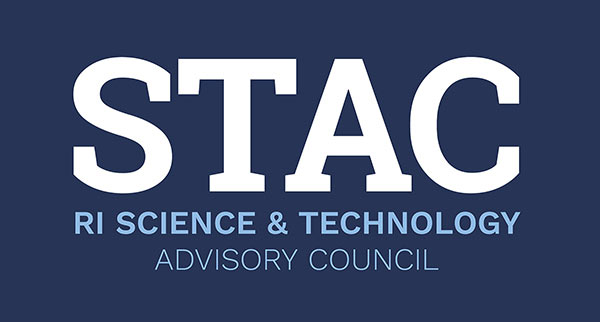URI Lecture Series, Part Two
Metcalf Institute for Marine & Environmental Reporting
Part Two of a five part lecture series open to the public at the University of Rhode Island Bay Campus in Narragansett featured speaker Lisa Levin, Director of Center for Marine Biodiversity and Conservation, Scripps Institute of Oceanography. Her presentation touched on the importance of oxygen levels for ocean life and the health of our planet.
Hypoxia, as she defined it, is when oxygen levels reach dangerous lows in a concentrated area of water. These areas are called dead zones because of how they lead to the massive die off of fish and crustaceans and at lower oxygen levels bivalves and worms. Hypoxia is caused by a variety of factors, most man-made and others natural. The man-made factors are due to nutrient input like agricultural runoff and sewage. Algal blooms caused by runoff of fertilizers are a notable example. When the phytoplankton crowd and die in the same place the bacteria that decompose them sap even more oxygen. Hypoxia is a bottom up effect that begins with a bloom of simple organisms and ends with the death of larger organisms. An example of a natural cause of hypoxia is when methane is released in the deep sea. Oxygen is as important to sea life as it is on land. Just imagine if the oxygen levels in your back yard quickly depleted.

Marine organisms react to hypoxia in a few ways; death, starvation, evacuation, and evolution. Death and starvation are the more visible reaction as thousands of dead fish, crustaceans, and bivalves can wash up on beaches for all to see. Fish flee these Oxygen Minimum Zones (OMZ) and congregate on the outer edges which make easy pickings for fishermen who can net many fish due to their increased density. The most fascinating reaction is evolution. Organisms, notably worms and bivalves, that live in constant dead zones adapt to a low oxygen environment and eventually thrive. Many examples of wildlife were provided throughout the presentation including those indigenous to Rhode Island waters (spider crabs, muscles, groundfish).
Most dead zones are caused by human’s sewage waste and agricultural runoff causing algal blooms. In fact, vast portions of coastline are virtually closed off from fishing such as 250 miles of the Southern Californian coastline that have fishing and harvesting bans for parts or most of the year. Interestingly enough, fisheries in Rhode Island are strengthened from this as ground fish off shore are shipped to Asia to fill the demand gap left from geographically closer albeit shut-down Californian fisheries. Outside of the Mississippi delta, there is a dead zone in the Gulf of Mexico. Agricultural runoff throughout the year up and down North America’s longest river has taken a toll at the region of its outflow. The Department of Environmental Management in Rhode Island has to enforce shell fishing bans occasionally when pollutants reach dangerous levels.
The human footprint exhibited in the deep ocean that attributes to hypoxia is deep sea oil drilling, oil spills, waste disposal, and future mining operations which could release large amounts of trapped methane.
Near the conclusion of her presentation, Levin asked the audience what can be done to combat hypoxic environments. It was at this point that she reiterated her reason for this public lecture. Awareness of this phenomenon is crucial for discontinuing this kind of environmental and therefor economic degradation of our precious waters. She believes the public, government, and regulators need to become more aware in order to execute management strategies that are both intelligent and adaptive. Rhode Island’s nickname is the Ocean State for a reason. The destruction of marine habitat is of near paramount importance in relation to environmental protection for a stable economic future.
